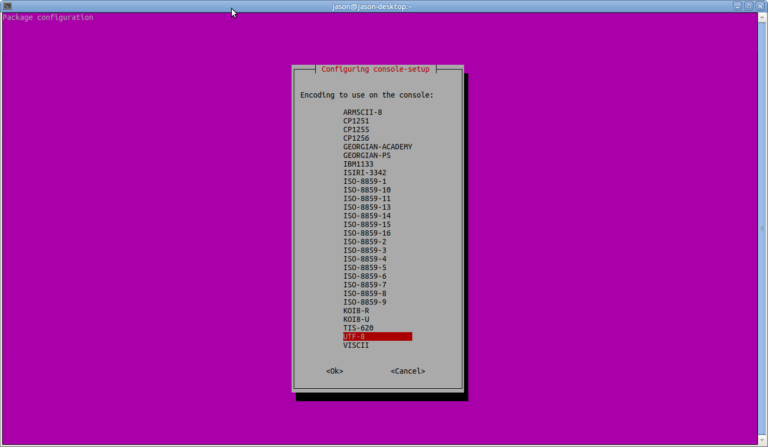

Quizdeltagerne spiste jordbær med fløde, mens cirkusklovnen Walther spillede på xylofon.

 lús company geniüt, ja és un lluït rètol blavís d’onze kWh. Here are some samples of various languages : Ancient Greek # Accumulating the result in 𝐓₁ allocates memory, In the hands of a virtuoso (such as Dr Zygmunt Szpak, the author of the following Julia code fragment ), the range of available Unicode characters can be quite expressive: function T(𝛉::AbstractArray, You probably don't want to use these - they're intended for use mainly as place-holders, of interest if you want to have more control over font loading times in web browser-based applications.) (There are also versions of two of the fonts with “Latin” in the name: these are stripped down versions supporting just the basic MacRoman/Windows1252 “Latin” character sets. They all occupy the same amount of horizontal space, so they can be mixed without losing alignment.Įach of these also has a matching italic variant: so JuliaMono-Light has JuliaMono-LightItalic, and so on. There are different weights of JuliaMono, so you can control the amount of contrast you have in your highlighted code: JuliaMono-Light JuliaMono-Regular JuliaMono-Medium JuliaMono-Bold JuliaMono-ExtraBold JuliaMono-Black The CSS markup applied to the following code also uses another weight of the typeface JuliaMono-Medium, which is a smidgeon bolder: using Zygote: ignore(f) The following examples will be rendered in JuliaMono by your browser (if it’s successfully downloaded the web font versions), so I hope what you see here is close to what I made.
lús company geniüt, ja és un lluït rètol blavís d’onze kWh. Here are some samples of various languages : Ancient Greek # Accumulating the result in 𝐓₁ allocates memory, In the hands of a virtuoso (such as Dr Zygmunt Szpak, the author of the following Julia code fragment ), the range of available Unicode characters can be quite expressive: function T(𝛉::AbstractArray, You probably don't want to use these - they're intended for use mainly as place-holders, of interest if you want to have more control over font loading times in web browser-based applications.) (There are also versions of two of the fonts with “Latin” in the name: these are stripped down versions supporting just the basic MacRoman/Windows1252 “Latin” character sets. They all occupy the same amount of horizontal space, so they can be mixed without losing alignment.Įach of these also has a matching italic variant: so JuliaMono-Light has JuliaMono-LightItalic, and so on. There are different weights of JuliaMono, so you can control the amount of contrast you have in your highlighted code: JuliaMono-Light JuliaMono-Regular JuliaMono-Medium JuliaMono-Bold JuliaMono-ExtraBold JuliaMono-Black The CSS markup applied to the following code also uses another weight of the typeface JuliaMono-Medium, which is a smidgeon bolder: using Zygote: ignore(f) The following examples will be rendered in JuliaMono by your browser (if it’s successfully downloaded the web font versions), so I hope what you see here is close to what I made.










